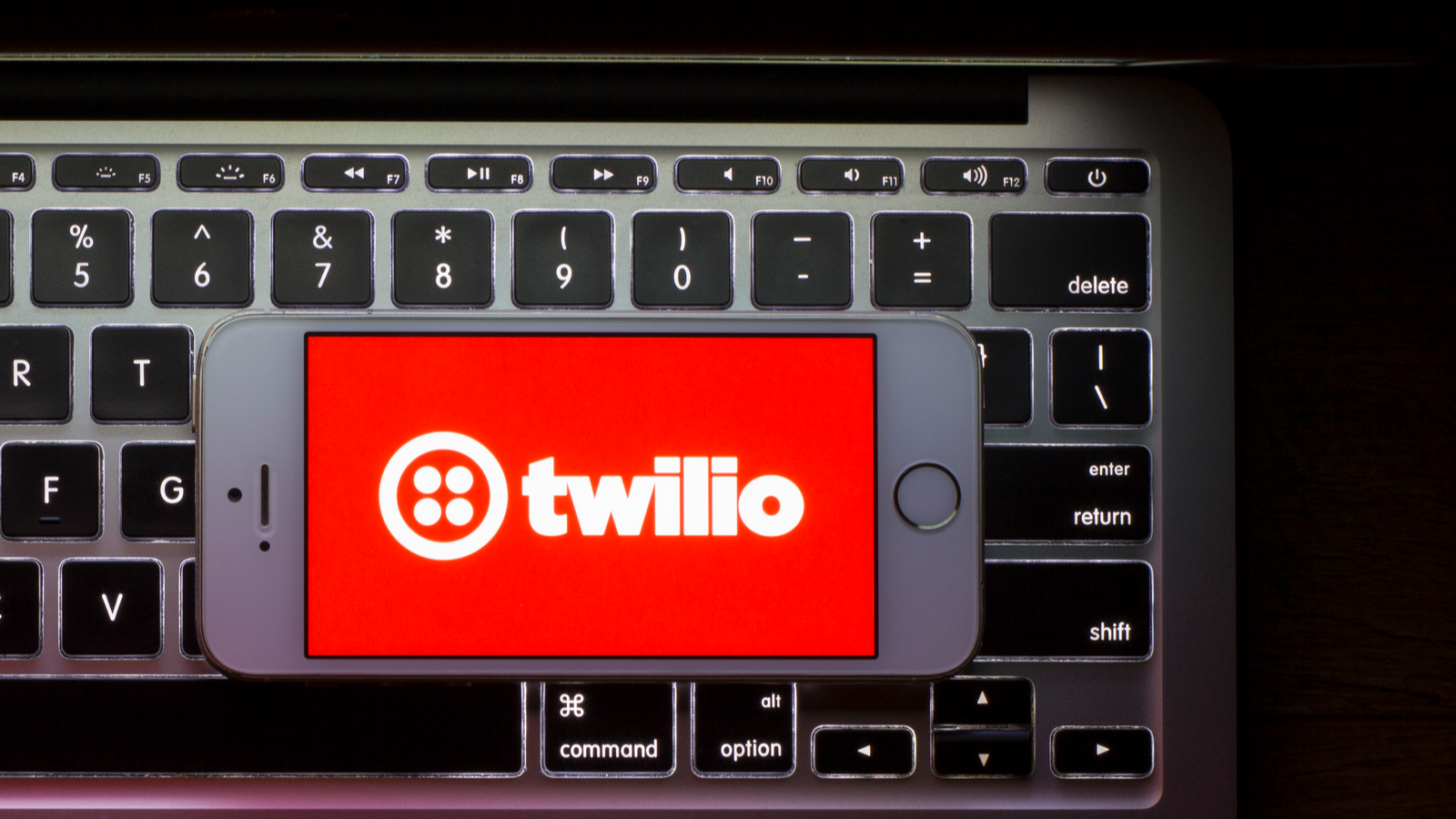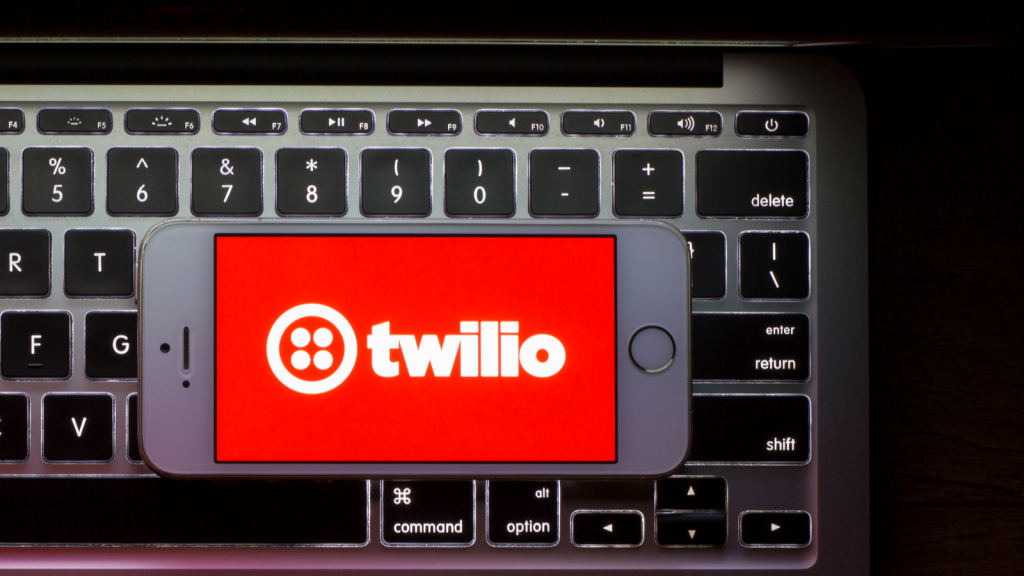
Twilio (NYSE:TWLO) operates in a booming sector, and its products sound very useful for small and medium businesses. Still, the company has a few red flags, making TWLO stock unappealing and a sell.
Among these warnings signs are slowing revenue growth and a deceleration of spending on the company’s products by its existing customers. Both of those trends could indicate that Twilio’s competition is heating up. Also worth noting is that the stock’s valuation and the company’s stock-based compensation levels remain quite elevated.
| Ticker | Company | Current Price |
| TWLO | Twilio | $100.82 |
A Hot Sector and Very Useful Products
Earlier this month, Computer Weekly columnist Maxwell Cooter wrote that “Companies, it seems, can’t get enough of communications platform as a service (CPaaS).” He added that, “These are boom times for the technology — a study from Juniper Research predicts that, worldwide, the CPaaS industry will be worth more than $34bn by 2026.” As a leader in the CPaaS sector, Twilio is well-positioned to benefit from the space’s strong growth and powerful prospects.
On the product front, Twilio’s offerings appear to give small-and-medium businesses a relatively inexpensive, flexible communications platform that can be easily ramped up as companies grow. More specifically, Twilio sells comparatively simple software that gives companies the ability “to build the exact customer experience … [they] want with the specific capabilities … [they] need.”
What’s more, Twilio has unveiled a system called Twilio Flex, which, according to the company, provides businesses with even more ease-of-use than the firm’s prior offerings and “unlimited customization.” So basically, it sounds as though Twilio enables firms to build their own communications systems relatively cheaply and easily, while providing them with the ability to very simply add new features and allowing them to support a growing number of users.
Supporting my positive view of the company’s products, Twilio’s sales continue to grow rapidly. For example, last quarter the company’s top line jumped 48% year-over-year.
Troublesome Trends for TWLO Stock
Twilio’s growth appears to be materially slowing. Excluding the impact of acquisitions, its top line climbed 35% YOY in Q1, down from 42% in all of 2021. And for the current quarter, it has predicted that its sales, excluding acquisitions, will climb 27%-29%. And perhaps even worse, Twilio’s revenue growth “per existing customer” has trended downward over the past 12 months.
Taken together, these negative developments suggest that the company’s competitors, including Vonage (NASDAQ:VG), MessageBird and Vidyo, may be catching up to it. Indeed, all three of the latter firms have garnered some very positive online reviews.
Valuation and Stock-Based Compensation
Despite the recent, sharp declines in TWLO stock (the name has tumbled 70% in the last 12 months), its valuation is still elevated, as the shares have a price-to-sales ratio of 16x, according to Marketwatch. That valuation certainly does not scream, “Buy me!”
And in Q1, the company’s stock-based compensation was a huge $155.28 million, up from $137.16 million during the same period a year earlier. While during the post-pandemic stock boom large amounts of stock-based compensation did not hold down companies’ shares, it appears that trend has changed over the last year.
In other words, high levels of stock-based compensation appear to be pushing down tech stocks. In addition to Twilio, Palantir (NYSE:PLTR) and SoFi (NASDAQ:SOFI) are good examples of this change.
At this point, Twilio’s weaknesses outweigh its strength, so I recommend that investors avoid the name.
On the date of publication, Larry Ramer did not have (either directly or indirectly) any positions in the securities mentioned in this article. The opinions expressed in this article are those of the writer, subject to the InvestorPlace.com Publishing Guidelines.
